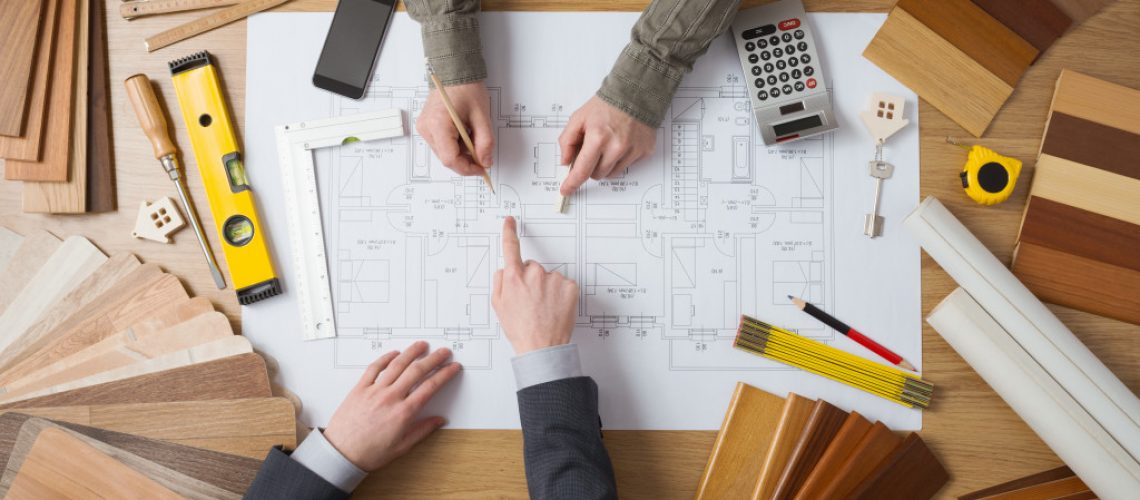A remodel allows you to make your home more comfortable for your current lifestyle, saving you the trouble of moving. It also increases your property value, if you decide to put your home on the market. But home improvements don’t come cheap.
Though most choose to save for a specific project, finding the funds for larger renovations can be difficult. Paying out-of-pocket can put a strain on your finances. Fortunately, you have several options to pay for your intended renovations.
How to Finance Your Home Improvements
Working with a third-party lending institution is a good way to receive financial help. Make sure you choose the right model for your home improvement project. Here are your options.
Mortgage Refinance
Mortgage refinance replaces your existing home mortgage with a new payment plan and a lower interest rate than before. When you apply for refinancing, you pay off the existing loan and take the difference. You can then use this money to carry out your home improvements. However, since refinancing is priced between 2% and 5% of the loan’s principal, you have to prepare for the cost it entails. This includes appraisal and origination fees, closing-related costs, and taxes.
Home Equity Loan

This option is often called a “second mortgage” because it’s a loan paid out in lump sum. Repayments are made monthly over several years. The advantage of a home equity loan is that it isn’t affected by market fluctuations, locking your interest rate to a fixed amount. But missing payments will put you at risk of foreclosure because home equity loans use your home as collateral.
Credit Card
Using your credit card is ideal for small-scale home improvements, such as a fresh coat of paint or a new garage door. Some credit card charges are interest-free for the first few months, while some offer cashback perks for every charge. This financing option is not advisable for large renovations, however, because you’ll have to pay over a long period. You risk facing higher interest rates if you fail to pay back the entire amount when the 0% interest offer expires. Additionally, missed repayments can lower your credit score.
Home Equity Loan of Credit
Also known as HELOCs, this option is one of the most common for home improvements. As a secured loan, you can take the amount you need when you need it. However, it has variable interest rates, which means your payments are affected by market conditions. You also need to make sure that your home’s value is higher than the amount left on your mortgage; otherwise, you won’t be eligible for this loan.
Home Improvement Loan
Banks and other licensed lenders often offer this loan. Your qualification and interest rate will be computed based on your credit score. You can get the funding in as little time as a day. However, as an unsecured personal loan, home improvement loans have shorter repayment timelines and higher interest rates.
A renovation project is an excellent way to make your home more livable and durable. When you need additional funds for your home remodel, pick from these options and start transforming your home.

